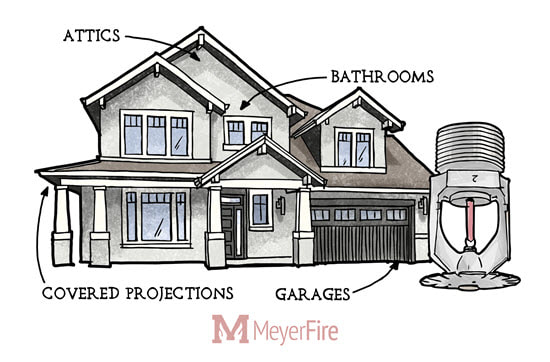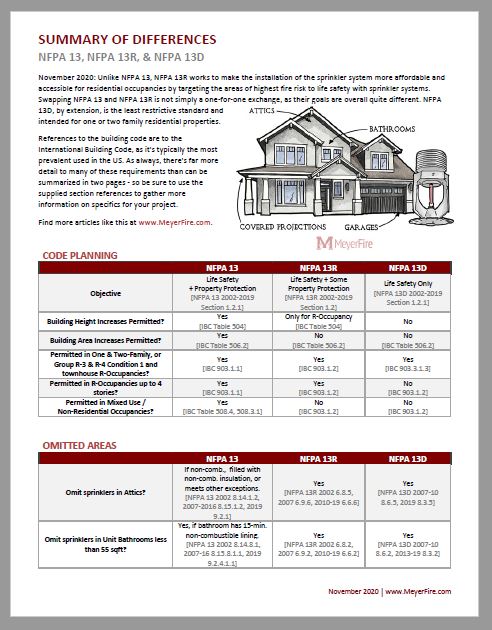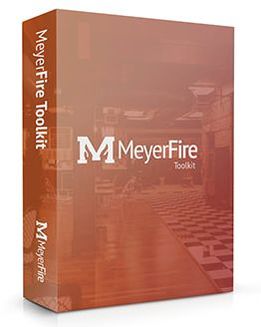| This week's resource was a fun one to put together. Frequent Questions about NFPA 13 vs. 13R While those who ask are generally looking for ways to save on construction for the project, the differences are important and worth discussing early in a project. Designed for Different Purposes Unlike NFPA 13, NFPA 13R works to make the installation of the sprinkler system more affordable and accessible for residential occupancies by targeting the areas of highest fire risk to life safety with sprinkler systems. Swapping NFPA 13 and NFPA 13R is not simply a one-for-one exchange, as their goals are overall quite different. Summary of Differences As always, there's far more detail to many of these requirements than can be summarized in two pages - so be sure to use the supplied section references to gather more information on specifics for your project.
Download PDF Cheatsheet:
Sean 9/23/2018 03:26:29 pm This glosses over one big requirement the IBC area increase. The building maybe perfect for NFPA 13R but the area has increased and the building now requires a NFPA 13 system. Joe 9/23/2018 03:40:20 pm Well said - expanding on an existing building with an NFPA 13R system can require a formal fire wall separating what becomes to separate buildings. I could probably break this out a little better. The trouble I often see with the discussion of NFPA 13R vs. NFPA 13 is that in a 'design-build' scenario the sprinkler contractor is the only one asked if NFPA 13R can be used while the architect may be making different assumptions when making egress and code decisions. Jeff Nagel 2/1/2019 09:32:01 am What about laundry rooms under 55 sf? MODERATOR 2/22/2019 07:09:17 am Jeff, good question. This is being discussed further today here: https://www.meyerfire.com/daily/sprinkler-laundry-room-under-nfpa-13d-13r-13 Jess 3/26/2019 03:59:55 pm What about the domestic demand for calcs in 13R? I have been taught to calculate the domestic demand and use that flow in my calcs instead of the hose allowance. MNewell 9/18/2019 12:35:28 pm I believe this to only be required if it is a combination fire/domestic line and it doesn't have an automatic shut off for the domestic system. Then it would be required per NFPA 13R 2016 9.6. Michael Graber 9/2/2019 02:32:43 pm Does the proximity to a residence and the number of windows make a difference in which system is used? What are those requirements that make it change? I would like to double check on the coverage of attached garages in 13R. There is a separate reference other than 6.6.6 on the coverage of attached garages. The way I read it, they must be covered under this standard. Please advise. JOE MEYER 12/20/2019 07:46:30 am Great catch Brandon! Yes it differs between NFPA 13R and 13D. I also see the criteria elsewhere in 13R. I've updated the PDF and the post to reflect the 13R requirements. Thanks for posting! Fakhri Albobali 8/9/2020 04:02:02 am Objective for NFPA 13R shall be updated as the property damage is mentioned refer to section 1.2.1 edition [2016]. Comments are closed. |
Source: https://www.meyerfire.com/blog/summary-of-differences-in-nfpa-13-13r-13d





 RSS Feed
RSS Feed 
0 Comments